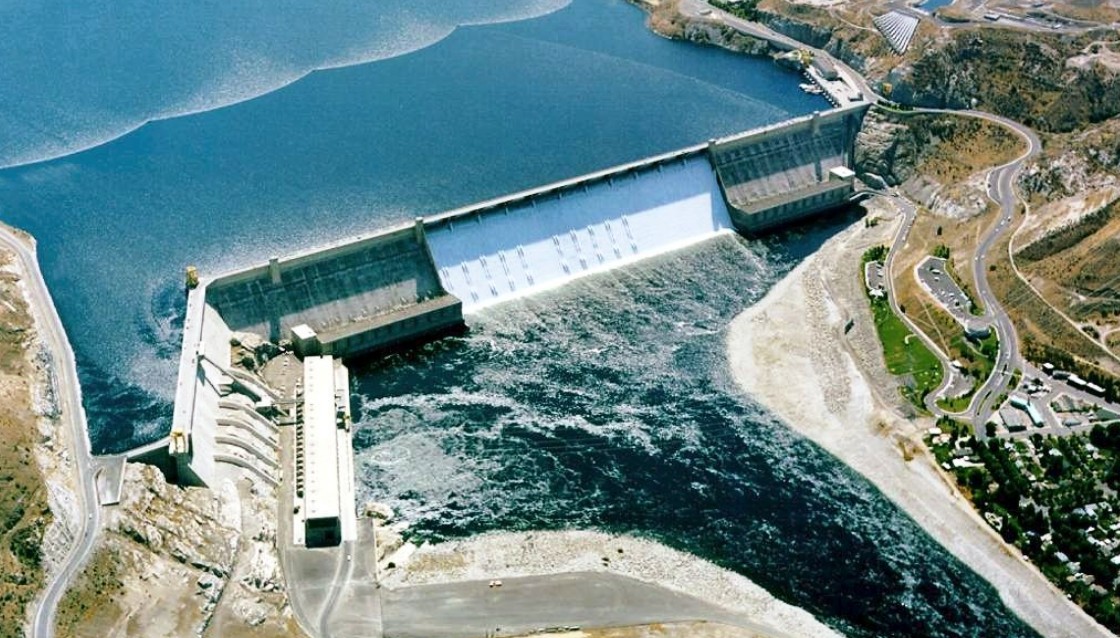Top 7 Dams in the world, you need to know
Most Largest and Most Significant Dams around the World
The world is home to several monumental Dams that are not only engineering marvels but also serve essential functions such as power generation, irrigation, water supply, and flood control. Some of the largest and most significant dams are spread across various continents, showcasing the extraordinary efforts made in harnessing water resources for the benefit of millions. Here is a closer look at some of the biggest dams in the world, defined by their height, capacity, or sheer size.
- Three Gorges Dam (China)
The Three Gorges Dam is the largest hydroelectric dam in the world by installed capacity. Located on the Yangtze River, this colossal structure stands at 185 meters (607 feet) tall and spans 2,335 meters (7,660 feet) across. With a total installed capacity of over 22,500 MW, it generates more electricity than any other hydroelectric project globally. The dam not only provides a massive source of clean energy but also plays a crucial role in flood control and river navigation. Its construction, completed in 2012, displaced over a million people and flooded numerous towns, making it one of the most controversial infrastructure projects in recent history.
- Itaipu Dam (Brazil/Paraguay)
The Itaipu Dam, situated on the Paraná River between Brazil and Paraguay, is one of the largest hydroelectric power plants in the world. With an installed capacity of 14,000 MW, Itaipu has held the record for the highest annual energy generation in the world for several years. The dam stands 196 meters (640 feet) tall and stretches 7,919 meters (25,981 feet) in length. Itaipu’s power generation is shared between Brazil and Paraguay, with the former being the dominant user. It has become a symbol of cooperation between the two nations and plays a critical role in supplying electricity to both.
- Grand Coulee Dam (United States)
The Grand Coulee Dam is the largest concrete structure in the United States and one of the biggest dams in the world by volume. Located on the Columbia River in Washington State, it stands at 168 meters (550 feet) tall and stretches 1,592 meters (5,223 feet) across. The dam has an installed capacity of 2,080 MW and is primarily used for hydroelectric power generation. Grand Coulee also provides flood control and water storage for irrigation in the region. It was completed in 1942 and remains an essential piece of infrastructure in the Pacific Northwest.
- Kariba Dam (Zambia/Zimbabwe)
Situated on the Zambezi River between Zambia and Zimbabwe, the Kariba Dam is one of the largest in Africa and a critical source of power for both countries. The dam stands 128 meters (420 feet) tall and is 579 meters (1,900 feet) long. It has an installed capacity of 1,830 MW, which is used for hydroelectric generation. The dam created Lake Kariba, one of the largest artificial lakes in the world, which is also a popular destination for tourism. Despite the dam’s significant contributions to regional power supply, it has faced challenges due to fluctuating water levels and aging infrastructure.
- Nurek Dam (Tajikistan)
The Nurek Dam, located on the Vakhsh River in Tajikistan, holds the title for the highest dam in the world in terms of structural height. At 300 meters (984 feet) tall, it surpasses many other dams in height. The dam’s primary purpose is to provide hydroelectric power, with an installed capacity of 3,000 MW. Nurek plays a vital role in supplying electricity to Tajikistan and neighboring countries. Constructed in the 1970s, the Nurek Dam is a crucial part of the country’s energy infrastructure, although its age has led to concerns about its long-term stability.
- Xiaolangdi Dam (China)
Another massive dam on the Yellow River in China is the Xiaolangdi Dam, which stands at 154 meters (505 feet) tall and spans 1,153 meters (3,783 feet) across. This multipurpose dam plays a key role in flood control, irrigation, and power generation. With an installed capacity of 1,800 MW, it helps to regulate the flow of the Yellow River, ensuring consistent water supply for agriculture and industry in the region. The Xiaolangdi Dam is one of several large-scale projects in China aimed at managing the country’s vast water resources.
- Tucuruí Dam (Brazil)
The Tucuruí Dam, located on the Tocantins River in Brazil, stands as one of the largest dams in the country. At 78 meters (256 feet) tall, it has a length of 10,100 meters (33,100 feet) and boasts an installed capacity of 8,370 MW. This dam provides hydroelectric power to the northern region of Brazil and is one of the key energy sources for the Amazon basin. The dam’s construction has had significant environmental and social impacts, including the flooding of vast areas of rainforest and the displacement of local communities.
Roles of Dams for energy generation, water management, and environmental control
Dams are among the most significant human-made structures on the planet, playing crucial roles in energy generation, water management, and environmental control. The largest dams in the world, such as the Three Gorges, Itaipu, and Grand Coulee, highlight the advances in technology and engineering that enable the harnessing of water resources on such an immense scale. While these dams bring tremendous benefits, they also pose challenges, including environmental impact, displacement of communities, and the need for ongoing maintenance to ensure their safety and efficiency.
Also Read – Top 10 High-Protein Foods to Include in Your Diet
